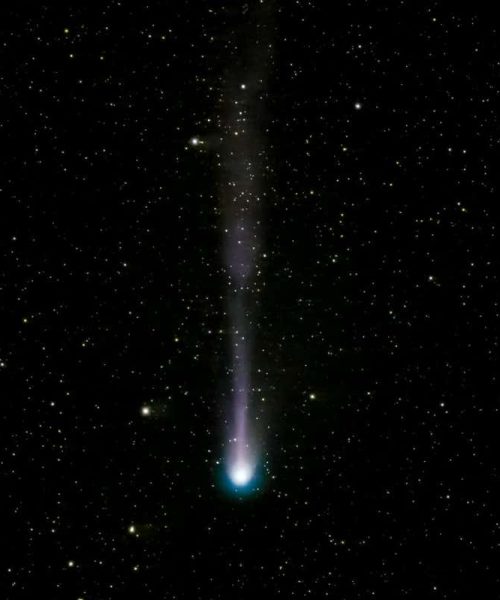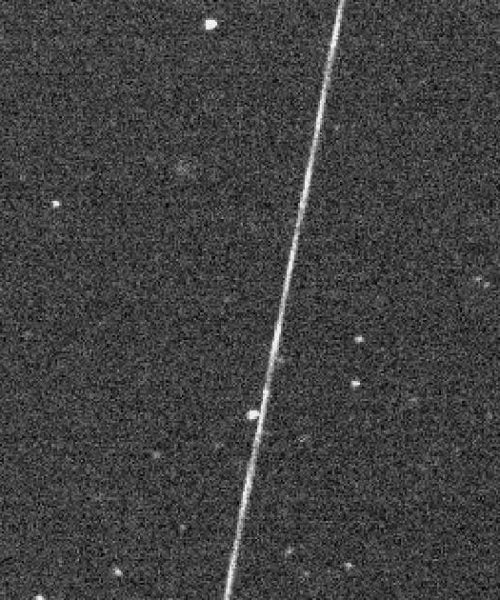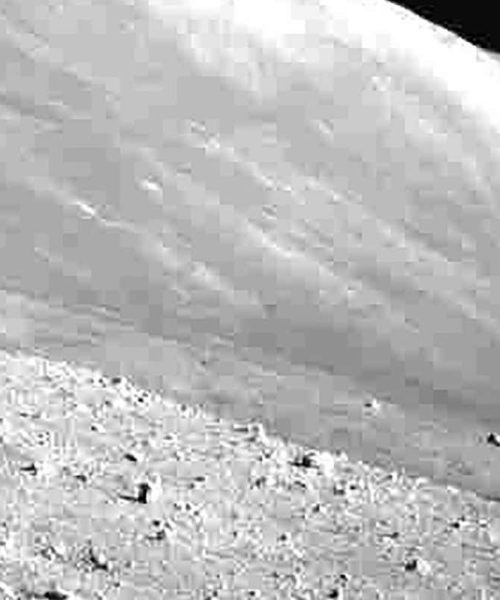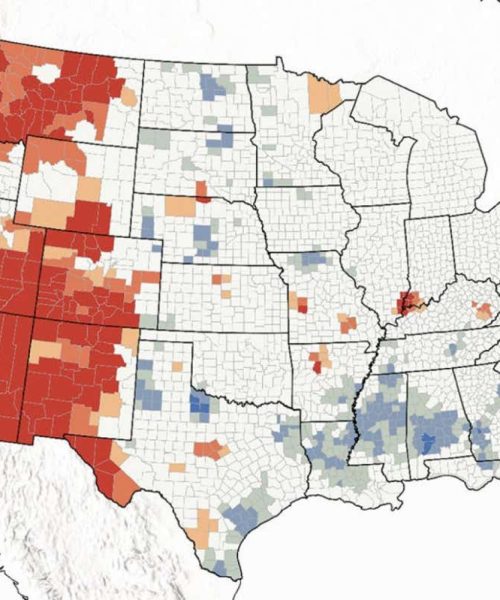
A solar flare, an explosion on the sun that happens when energy stored in “twisted” magnetic fields is suddenly released
NASA/SODATA/Alamy
The most powerful solar storm ever may have hit Earth 14,300 years ago, according to records preserved in Alpine tree trunks. It is unclear how much damage a similarly powerful storm might cause today, but electricity grids could theoretically be knocked offline for months and all satellites destroyed.
In 2012, Fusa Miyake at Nagoya University in Japan discovered evidence in tree trunks of extremely powerful solar flares – charged particles expelled from the sun that, along with magnetised plasma and gamma rays, make up solar storms. These flares, which date back many centuries, may have caused a spike in the level of a radioactive form of carbon in trees.
Since then, at least nine probable ancient solar storms have been discovered in this way, called Miyake events.
Advertisement
Now, Tim Heaton at Leeds University in the UK and his colleagues have found evidence of the largest solar storm ever, almost twice as large as the next largest Miyake event, in pine tree trunks in the southern French alps.
“We don’t totally know what would happen if a similar storm happened today,” says Heaton. “Some people think they would be absolutely catastrophic, cause huge month-long blackouts to half the globe and destroy the solar panels on our satellites and put them permanently out of action.” Other predictions suggest much less disruption than this, but there is a lot of uncertainty, says Heaton.
Heaton and his team looked at 140 different tree trunks buried in a bank of the Durance river in Provence. As the bank eroded, the trunks were exposed and the team could look for raised levels of carbon-14, a kind of carbon that has two more neutrons than normal and is produced by energetic particles hitting Earth’s atmosphere.
By comparing the tree rings and constructing a timeline of when each tree lived, the researchers dated a huge spike in carbon-14 to 14,300 years ago. They also matched this spike to elevated levels of beryllium from Greenland ice cores, which is produced in a similar way to carbon-14.
We have no way to compare how large a storm like this was with anything in recorded history, says Heaton. The largest solar storm we have evidence for, the so-called Carrington event of 1859, sparked fires and induced currents in telegraph wires, but this specific event was so small compared with Miyake events that it wouldn’t even register a blip in the radiocarbon record.
We now know of 10 Miyake events over the past 15,000 years. While they appear to be relatively infrequent, we don’t know whether they occur with any sort of pattern or if they’re predictable. It is also unclear what changes the sun undergoes to produce them. “They’re not part of what people thought was the sun’s potential behaviour,” says Heaton. “We don’t even really know whether they are a totally special behaviour of the sun or just the extreme ends of the more moderate solar storms that we see all the time.”
One thing the radiocarbon spike doesn’t tell us about is other behaviours of the sun that occur during solar storms, such as high-energy gamma rays or plasma expulsions, says Raimund Muscheler at Lund University in Sweden, because radiocarbon is only produced from the sun’s high-energy particles, such as protons.
Many more measurements are required to understand these events. “This is maybe the biggest [solar storm] we’ve seen in the past, but I think we’ve just scratched the surface,” says Muscheler.
Topics:





